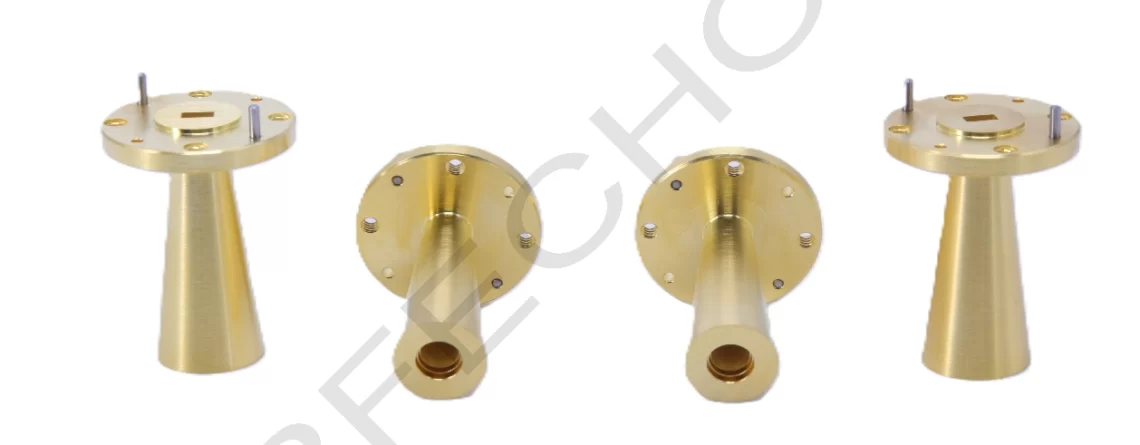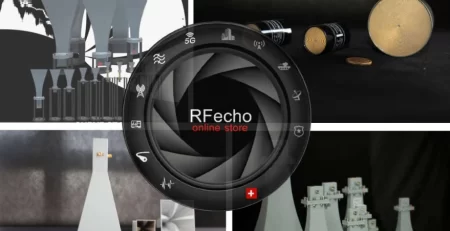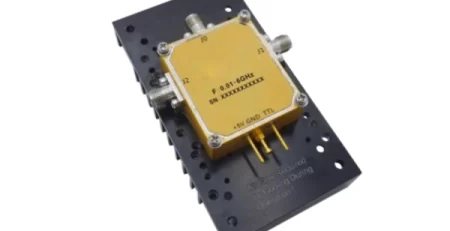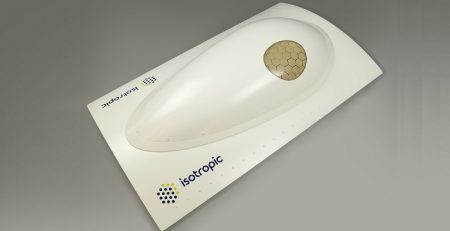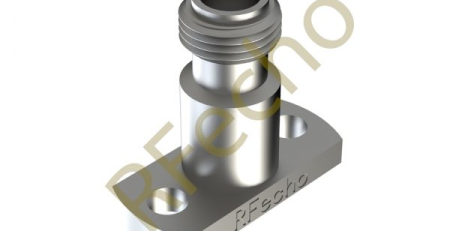What is a Conical Horn Antenna?
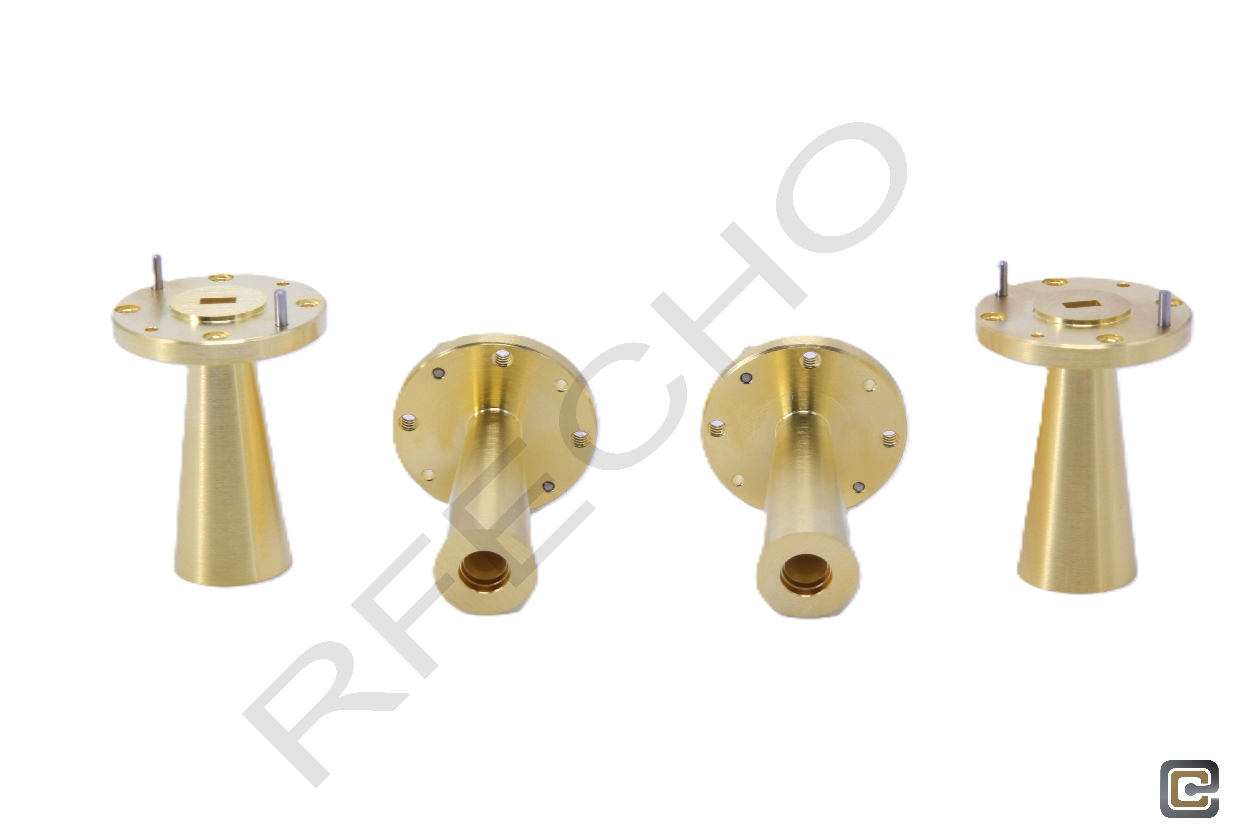
Definition and Key Components of Conical Horn Antenna
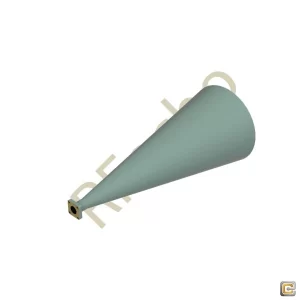
Basic Structure and Components
The conical horn antenna has a few key components:
- Waveguide Feed: The narrow end links to a waveguide (e.g., WR-28, WR-42). It moves the signal into or out of the antenna.
- Flared Conical Section: The conical shape widens gradually. This shape boosts the antenna’s directivity and gain by focusing the waves.
- Aperture: The wide end of the cone radiate or receive the signal. It shapes the beamwidth and radiation pattern.
- Connector: A standard interface (e.g., UG-383/U) ensures it works with other RF parts.
This simple yet powerful design lets these conical horn antennas perform well across many frequencies. It’s a flexible choice for tough tasks. To see specific models, visit RFecho’s Conical Horn Antennas.
Key Features and Benefits of Conical Horn Antenna
Conical horn antennas are praised for their excellent performance. They are a favorite in RF and microwave systems. Here are the main features and benefits that make them stand out:
High Gain and Directivity
Conical horn antennas provide strong gain, often between 10 and 25 dBi, based on the frequency and design. This gain means clear signal transmission and reception, which is great for tasks needing accuracy. The conical shape creates a narrow beamwidth, improving directivity and reducing signal interference.
Wide Bandwidth Capabilities
A key trait of these antennas is their ability to work over a broad frequency range. For instance, RFecho’s K-Band Conical Horn Antenna covers 24 GHz to 33 GHz and more wider range available. This offers flexibility for multi-range tasks. The wide bandwidth ensures steady performance in changing settings where frequency shifts are needed.
Durability and Versatility
Made with precise CNC machining and robust materials like copper or aluminum, conical horn antennas are built to handle harsh conditions, like extreme heat or environmental stressors. Their versatility makes them useful in many places, from lab tests to field deployments.
| Trait | Benefit |
| High Gain (10–25 dBi) | Focused signal for long-distance communication and exact measurements |
| Wide Bandwidth | Works across many frequencies, reducing the need for multiple antennas |
| Durable Construction | Steady performance in rough settings |
| Versatile Design | Fits both lab and field deployments |
Applications of Conical Horn Antennas
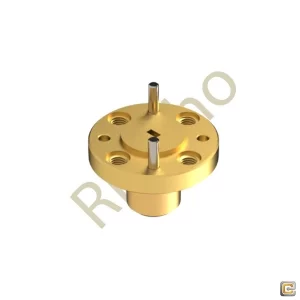
- Satellite Communication: Conical horn antennas are often used as signal feeders for parabolic reflectors in satellite dishes. Their high gain and wide bandwidth ensure reliable links with satellites, even in tough conditions.
- Radar Systems: In tracking tasks, these antennas offer the accuracy needed to spot and follow targets. Their focused beams are vital for air control, weather checks, and defense tools.
- Aerospace: These antennas are key in-flight systems and spacecraft communication. Their tough build and wide-range abilities support critical tasks.
- Radio Astronomy: Astronomers rely on conical horn antennas to capture faint signals from distant celestial objects. Their low noise and high directivity make them ideal for deep-space observations.
For example, RFecho’s WR-47 Waveguide Conical Horn Antenna is designed for tasks needing precise signal handling in the 17.5 GHz to 20.5 GHz range. It’s a top pick for satellite and radar systems.
RFecho: Your Trusted Conical Horn Antenna Manufacturer
For high-quality conical horn antennas, RFecho is a global leader. With over 20 years of experience, RFecho has earned trust by providing innovative RF and microwave solutions to clients worldwide. RFecho uses advanced manufacturing facilities and strict quality measures to ensures every antenna meets high standards for performance and reliability. RFecho’s drive for new ideas shines in its wide product range, which includes conical horn antennas for various frequencies and tasks.
FAQs About Conical Horn Antennas
Q1. What is the main advantage of a conical horn antenna?
A1. The biggest strength of a conical horn antenna is its mix of high gain and wide bandwidth. It delivers focused, high-power signals across many frequencies.
Q2. How does a conical horn antenna differ from other antennas?
A2. Unlike dipoles or patch antennas, conical horn antennas use a flared conical waveguide. This gives them better directivity and gain. Their design reduces signal loss and supports wideband work. This makes them different from antennas with narrower ranges or less focus.
Q3. Where are conical horn antennas commonly used?
A3. radar systems, satellite communication, microwave communication, radio astronomy, EMC testing, and wireless networks.
Call to Action
Ready to improve your radio and signal systems with top-quality conical horn antennas? RFecho offers a wide range of strong antennas built for your field’s needs. Whether you’re working on lab research or field deployment, our carefully made solutions provide great reliability and accuracy. Visit RFecho’s homepage to see our products or contact us today to talk about your needs. Let RFecho be your partner in creating new ideas and success!

